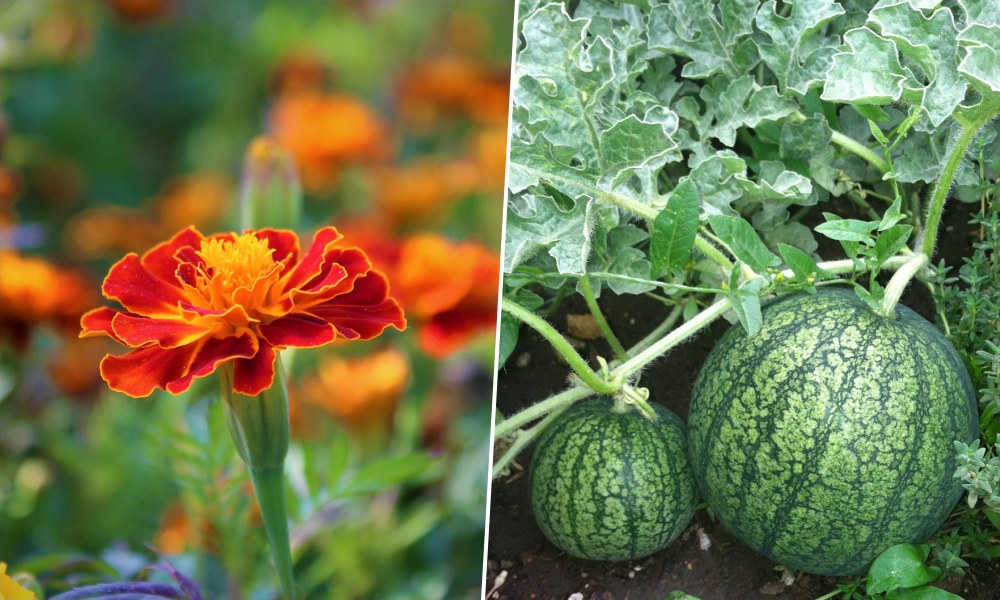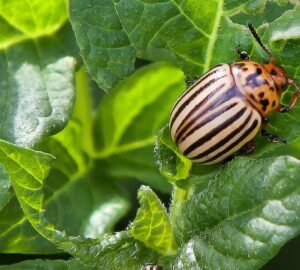Companion planting is a gardening technique that marries different plants to foster their collective growth and protect them from pests. By strategically planting certain pairs of plants, you can create a harmonious ecosystem in your garden that not only looks beautiful but also yields healthier crops. In this article, we’ll explore seven pairs of plants that should always be planted next to each other for optimal results.
1. Roses and Garlic: A Fragrant Duo
Roses are undoubtedly a beloved addition to any garden, but they can be susceptible to pests like aphids and Japanese beetles. Enter garlic, the aromatic hero of this pairing. Garlic acts as a natural deterrent, helping to keep these troublesome pests at bay. Chives, with their delicate purple or white flowers, also work wonders alongside roses, creating a picturesque scene while contributing to pest control.
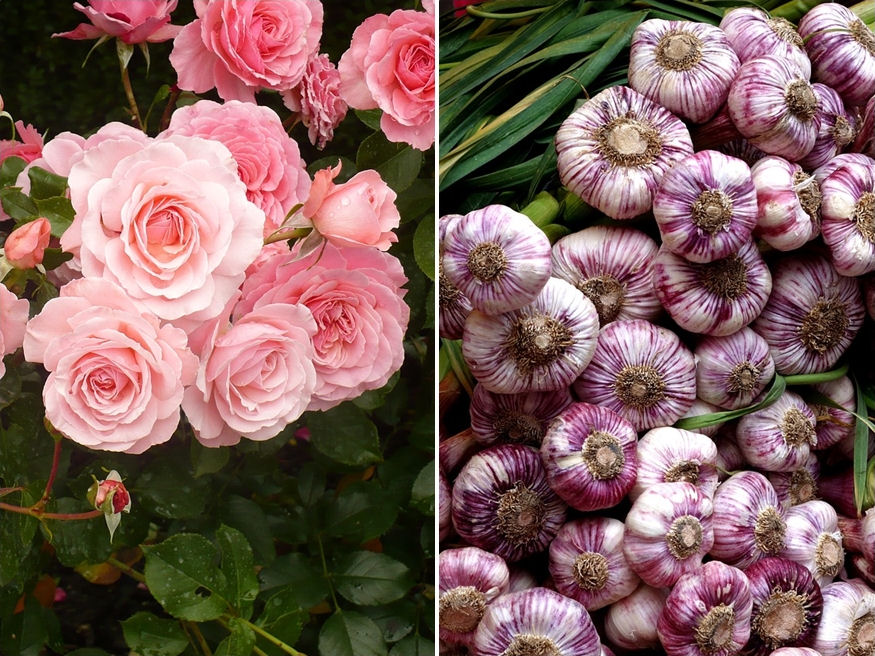
2. Marigolds and Melons: Nematode Nemeses
Melon plants can fall victim to nematodes, microscopic soil-dwelling worms that harm their roots. Enter marigolds, specifically certain types of marigolds known as Tagetes. These vibrant flowers release compounds into the soil that discourage nematode activity, effectively safeguarding your melon crop.
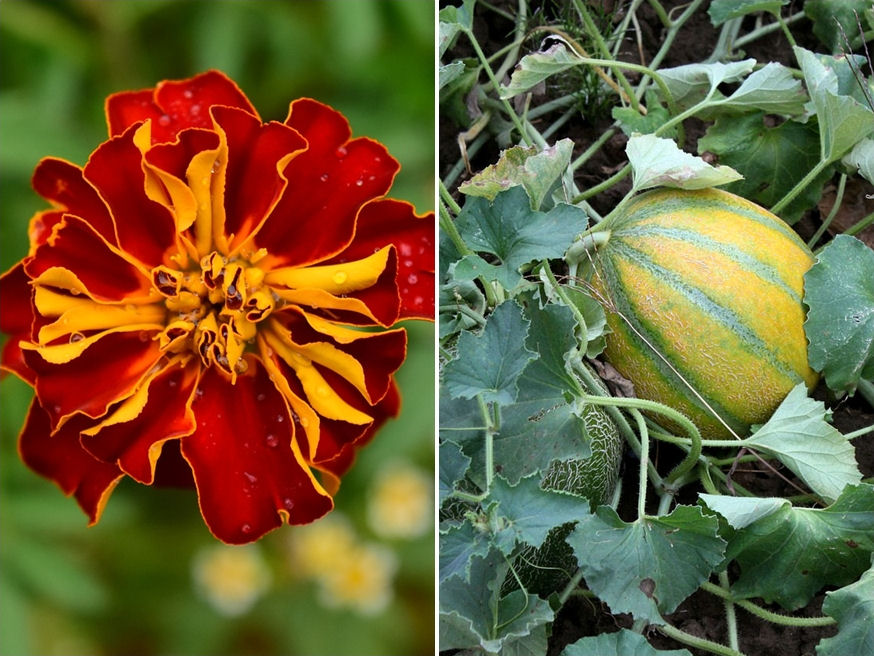
3. Tomatoes and Cabbages: Pest-Repelling Partners
Cabbage moths, in the form of their pesky larvae, can wreak havoc on cabbage leaves. Tomatoes, however, come to the rescue. These savory fruits naturally deter cabbage moth larvae, helping to keep your cabbage patch intact and hole-free.
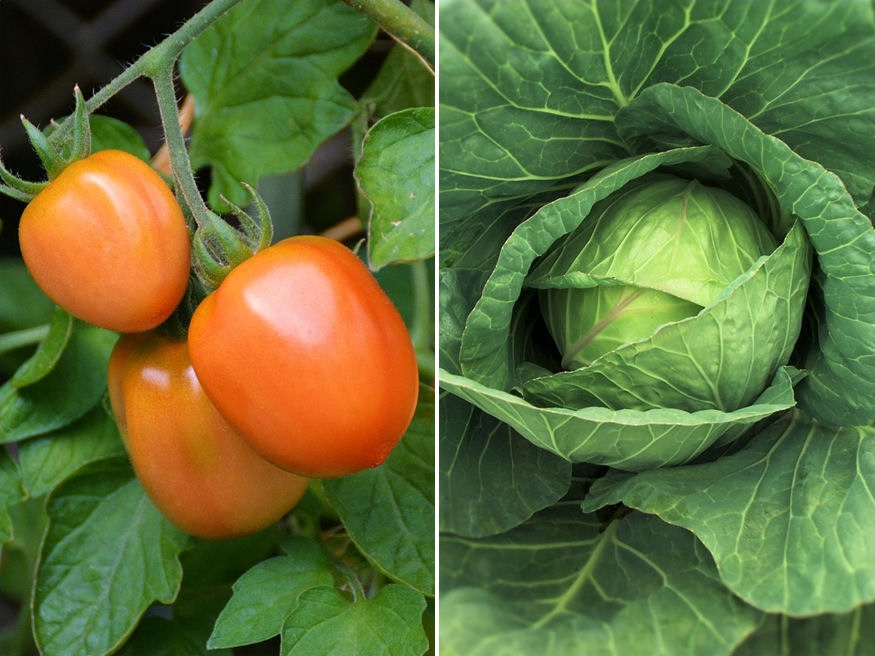
4. Cucumbers and Nasturtiums: Pest Control and Beyond
Cucumbers and nasturtiums make an elegant and effective pairing. Nasturtiums, with their trailing vines, act as both pest repellents and beneficial insect attractors. They deter pests that harm cucumbers while providing a haven for predators like spiders and ground beetles (Carabidae), which feast on harmful garden insects.

5. Peppers and Redroot Pigweed: An Odd but Effective Match
In an unexpected twist, redroot pigweed can prove to be an unusual but valuable companion for peppers. These leafy greens entice moth pests away from your peppers. Just remember to prevent the pigweed from producing seeds, as it can become uncontrollable in your garden.
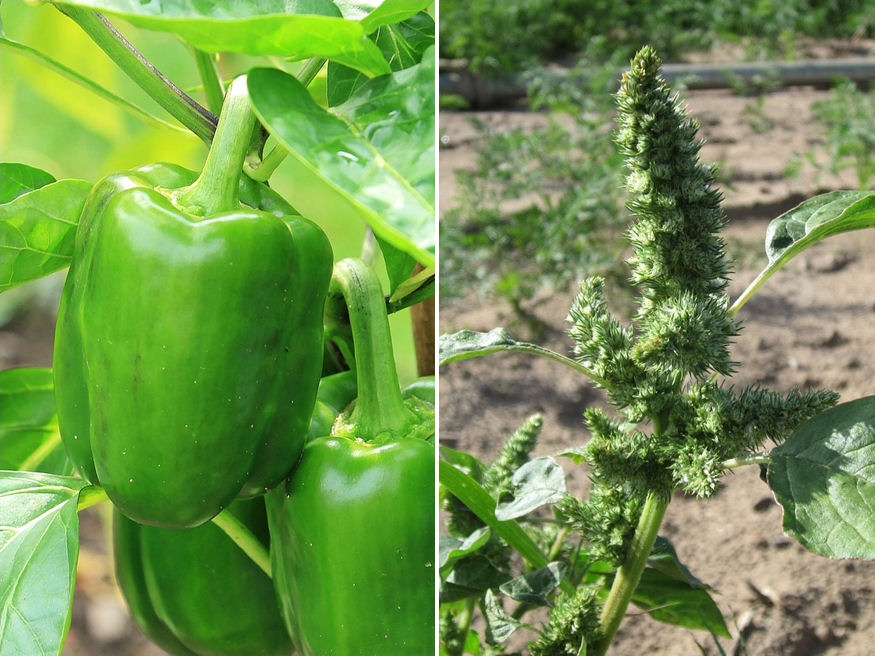
6. Cabbages and Dill: Cabbage Moth Control
Dill is a stellar companion for members of the cabbage family, including broccoli and Brussels sprouts. This aromatic herb attracts small, beneficial wasps that help keep cabbage moth caterpillars in check. A word of caution, though: never plant dill near carrots, as they don’t get along well.

7. Corn and Green Beans: Nature’s Pest Controllers
Green beans and corn form a symbiotic relationship in the garden. Green beans attract beneficial insects that prey on common corn pests like cicadas, armyworms and leaf beetles (Chrysomelidae). As an added bonus, the green bean vines gracefully twine around the corn stalks, creating an aesthetically pleasing combination.
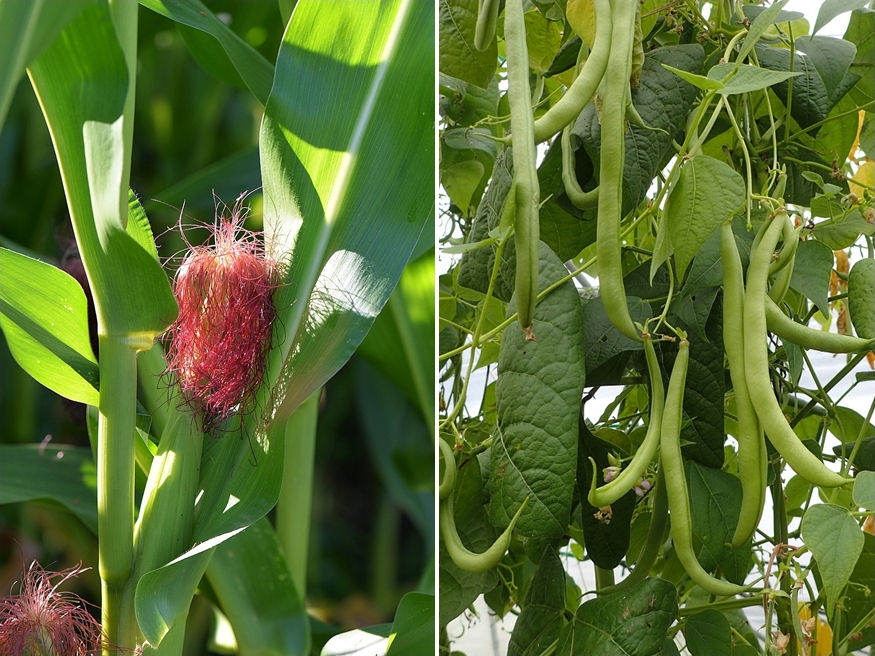
In Summary
Companion planting is not only a practical strategy for pest control and improved crop health but also an artful way to design your garden. By pairing these seven sets of plants, you’ll not only enjoy a visually appealing garden but also reap the benefits of nature’s wisdom, with each plant lending a hand to its neighbor. Experiment with these pairings in your garden, and watch your plants thrive in harmony. Happy gardening!



